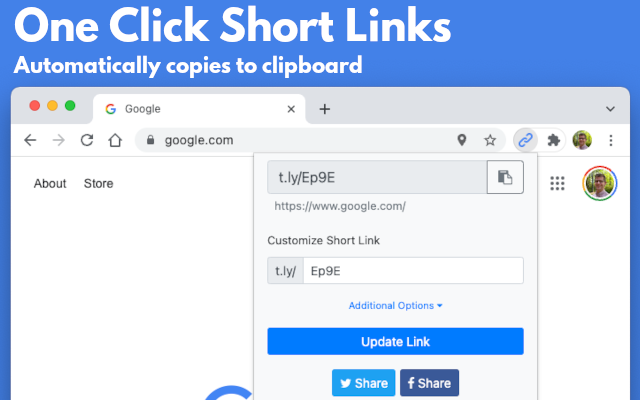
Are URL Shorteners Safe?
URL shorteners are a popular way to make long, complicated URLs more manageable. But are they safe? With the Internet becoming an increasingly integral part of our lives, it’s essential to be aware of the risks that come with it. One of the biggest dangers is a URL hiding a malicious site. This is when hackers can access confidential information by tricking people into clicking on a malicious link. The best way to protect yourself from this danger is to be cautious about the links you click. If you’re unsure whether a link is safe, don’t click on it. You can also install security software onto your computer that will help to block malicious links. By taking these precautions, you can help to keep your confidential information safe from URL security risks. In this blog post, we’ll explore the security risks of using URL shorteners and offer tips on staying safe.
What are URL Shorteners?
A URL shortener is a service that takes a long, complicated URL and shrinks it down to a shorter, simpler version. This can be useful for various reasons, such as making it easier to share links on social media, billboards, magazines, restaurant menus, websites, or in emails.
However, because URL shorteners disguise the original link, they can also be used to hide malicious content. For example, a shortened link might lead you to a website that contains malware or try to trick you into giving away personal information like your login credentials. That’s why it’s essential to be careful when clicking on shortened links—you never know where they might lead.
Tips for Staying Safe When Using URL Shorteners
When using URL shorteners, there are a few things you can do to protect yourself:
- Use a reputable URL shortener. Some URL shorteners are more reliable than others. Do your research to find a URL shortener that has a good reputation and is known for being secure.
- Check the destination URL before clicking. Before clicking on a shortened link, take the time to check where it’s going to take you. A tool like Link Unshortener allows you to enter any short URL and have it expanded to show you the final destination. You can also see an image preview and security checks to see if the site is safe. If the destination URL looks suspicious or doesn’t make sense, don’t click on it.
- Use an antivirus program with web protection features. This will help prevent you from accidentally clicking on malicious links.
- Be cautious when clicking on links in email messages or social media posts. These are common places for cybercriminals to share malicious links. If you’re unsure whether a link is safe, don’t click on it.
- Whenever you provide personal information to a website, it’s essential to ensure that the site is legitimate. There are a few ways that you can do this. First, check the domain name, and be wary if it’s not exactly what you expect it to be. Second, look for https:// in the address bar. This indicates that the site is using a secure connection, which means your information will be encrypted and less likely to be intercepted by someone looking to steal it. Finally, if you’re still not sure, try doing a search for the site and reading reviews from other users. If there are any red flags, it’s probably best to steer clear. Taking these simple precautions can help keep your information safe when browsing the Internet.
Tools to Check if a URL is Safe
- Link Unshortener – Expand short links giving you a clear picture of where the link is ultimately sending you.
- URL Void – This service helps you detect potentially malicious websites.
- Virus Total – Analyse suspicious files, domains, IPs, and URLs to detect malware and other breaches and automatically share them with the security community.
- NetCraft – Find out the infrastructure and technologies used by any site using results from our internet data mining.
- Google Transparency Report – Google’s Safe Browsing technology examines billions of URLs daily, looking for unsafe websites. Every day, we discover thousands of new dangerous sites, many of which are legitimate websites that have been compromised. When we detect unsafe sites, we show warnings on Google Search and web browsers. You can search to see whether a website is currently dangerous to visit.
URL shorteners can be valuable tools, but you need to be careful when using them because they can also be used to hide malicious content. To stay safe when using URL shorteners, use a reputable service such as T.LY, check the destination URL before clicking, and use these tools to verify any link you are suspicious about.
Related Posts
Tim Leland
Ready to improve how you manage links?
T.LY URL Shortener makes long links look cleaner and easier to share! Add your own Custom Domains to personalize your brand. Create Smart Links to customize a URL's destination. Generate QR codes to promote your business.
Sign Up for Free







